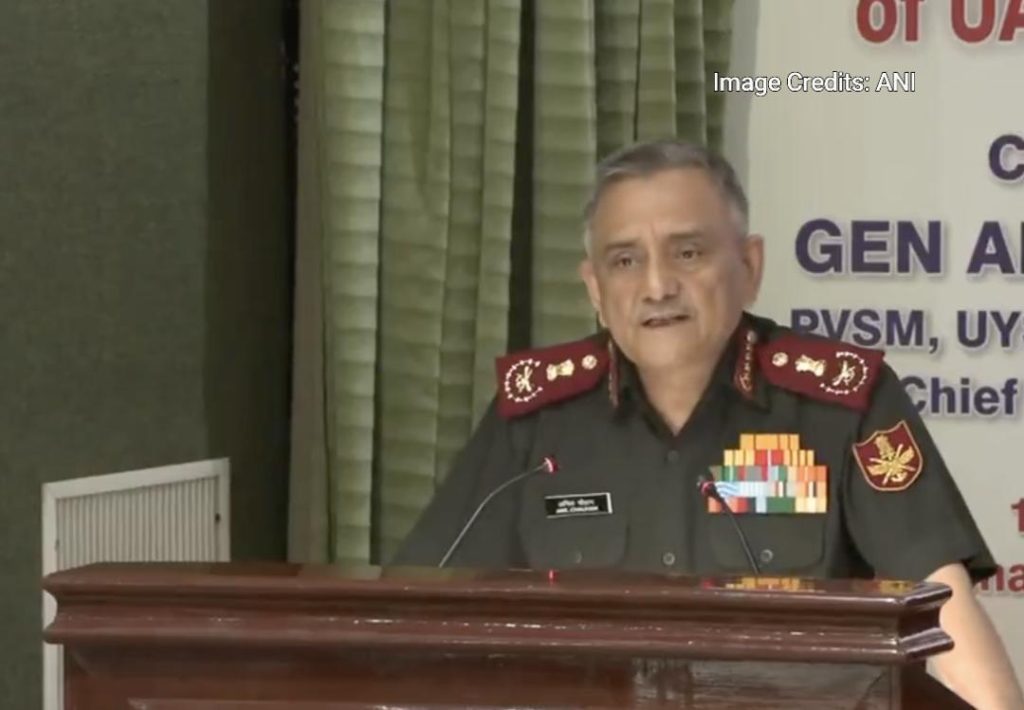
Pak used unarmed drones & loitering munitions: CDS Anil Chauhan
In a recent statement, Chief of Defence Staff (CDS) General Anil Chauhan revealed that Pakistan used unarmed drones and loitering munitions during the conflict in May. The revelation comes as a significant development in the ongoing tensions between the two neighboring countries.
According to General Chauhan, the drones and loitering munitions were used by Pakistan to target Indian military and civil infrastructure, but surprisingly, none of them inflicted any damage. He further added that most of these unmanned aerial vehicles (UAVs) were neutralized through a combination of kinetic and non-kinetic means.
What’s even more intriguing is that some of the drones were recovered in almost intact condition, suggesting that they were either shot down or made to crash-land. This raises questions about the effectiveness of Pakistan’s drone-based attacks and the measures taken by the Indian military to counter them.
The use of loitering munitions, also known as suicide drones, is a relatively new tactic in modern warfare. These types of drones are designed to loiter over a target area for an extended period, gathering intelligence and waiting for the right moment to strike. They are often used in tandem with other drones or other types of weapons to create a layered defense.
Pakistan’s decision to use unarmed drones and loitering munitions may have been an attempt to demonstrate its military capabilities and intimidate India, without actually causing significant damage. However, the fact that most of these drones were neutralized or recovered suggests that India’s military was well-prepared to counter this threat.
The incident highlights the importance of having a robust and effective air defense system in place. India’s military has been rapidly modernizing its air defense capabilities, with the induction of advanced missile systems and radar networks. These systems have been designed to detect and engage multiple targets simultaneously, making it difficult for enemy drones to penetrate Indian airspace.
The use of unarmed drones and loitering munitions also raises questions about Pakistan’s military strategy and tactics. By using these types of weapons, Pakistan may be trying to exploit India’s vulnerabilities and create a perception of weakness. However, the fact that India was able to neutralize most of these drones suggests that Pakistan’s strategy may not be as effective as they had hoped.
The incident also underscores the importance of electronic warfare (EW) in modern conflict. EW involves disrupting an enemy’s command and control systems, communication networks, and radar systems to gain a tactical advantage. In the context of drones, EW can be used to jam or disable their communication links, preventing them from receiving commands or transmitting data back to their operators.
In conclusion, the revelation that Pakistan used unarmed drones and loitering munitions during the conflict in May highlights the importance of air defense and electronic warfare in modern conflict. India’s military has demonstrated its ability to counter this threat, and the incident serves as a reminder of the need for continued investment in advanced military capabilities.






